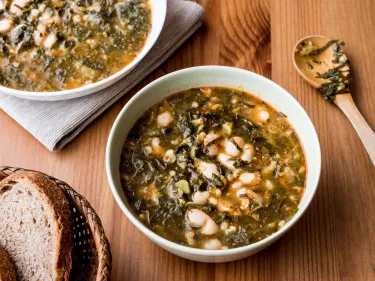Do you ever find yourself racing down your food or trying to multi-task whilst eating? Mindful or intuitive eating is the ability to respond to our body’s signals. Whether you are hungry or feeling full, mindfulness is a useful tool for healthy weight management as well as making food and meals more enjoyable.
Mindful eating is the opposite of mindless eating where we often find ourselves eating based on our emotions, whether that be boredom, tiredness or comfort eating, and can leave us feeling uncomfortably full or not enjoying food or the meal.
Being aware and eating intuitively means we can be actively present in the moment, and studies have shown that responding to our bodies natural appetite cues can help with eating-related issues including binge eating, emotional eating and weight management. Whilst research shows a diet that is restrictive can lead to weight gain and higher body mass index (BMI) over time.
How can we practice mindful eating?
Sit down to eat
Eating food should be enjoyable and shouldn’t be done in a rush. Take the time to sit down and eat, putting aside 15 – 20 minutes to enjoy a meal or snack and to enforce that eating is a relaxing and pleasurable experience. Furthermore, take the time to put food on a plate or in a bowl and eat slowly - do you remember hearing the saying mouthfuls of food should be chewed up to 40 times (depending on the food) before swallowed?
Remove all distractions
So many of us eat in front of the TV, in the car whilst driving or even at our desk at work – in a busy world, we find it easier to multi-task. It can be easy to eat more just because we are distracted, but by giving our full attention to eating we can avoid mindless eating as well as enforcing healthy habits. Some food for thought: when was the last time you sat down and had a meal with friends, family or housemates with no distractions?
Enjoy and appreciate
Eating is a whole experience full of smells, flavour, touch, hearing, and sight – choose foods that are both pleasing and nourishing and hit all the senses! You will be surprised about how much more you notice when you pay attention to the smells, the flavours and even the sound of food!
Think quality over quantity
Make sure each meal or snack incorporates colours, fresh food and foods from the five food groups, aiming for a nutrient-rich and nutritionally balanced diet. Eating the rainbow can also be a fun way to incorporate colour and variety into your diet.
Tune in to when you feel full
It takes up to 20 minutes for the signals from your stomach to reach your brain, by eating slowly and listening to your stomach it avoids that uncomfortable and stuffed feeling at the end of each meal. It’s also a good idea to wait 20 minutes after eating, before deciding if you’ve had enough or will go back for seconds.
The bottom line
Food and eating should be enjoyed. It should provide us with the energy we need to do all the things we love, as well as being an experience we can share with the ones we love.













